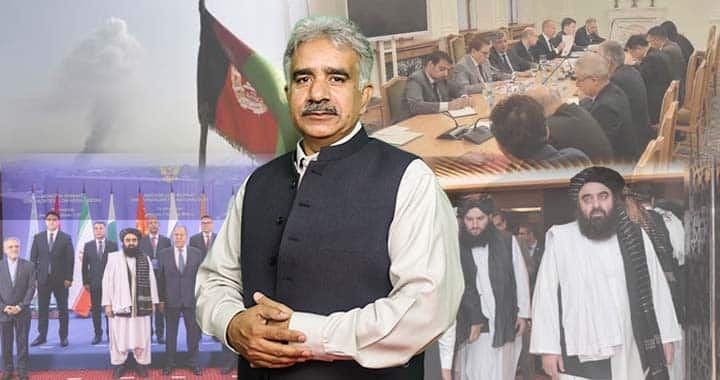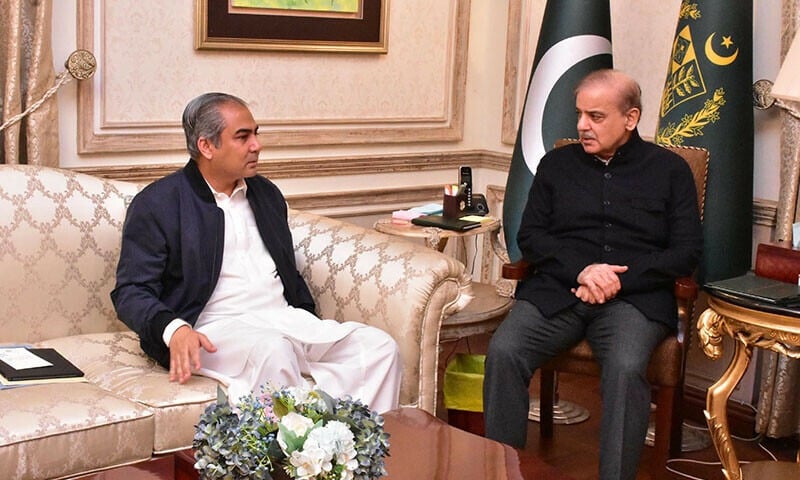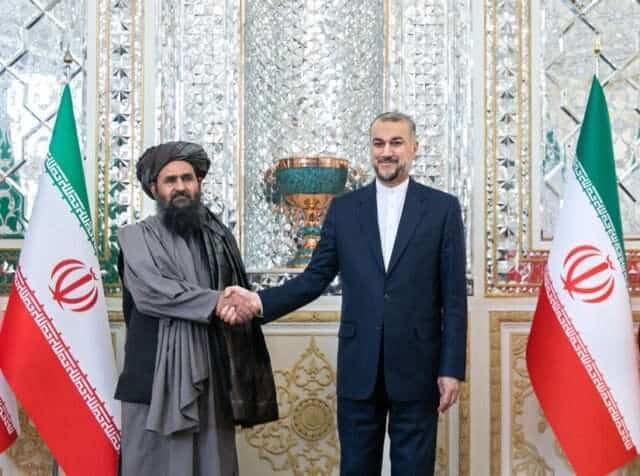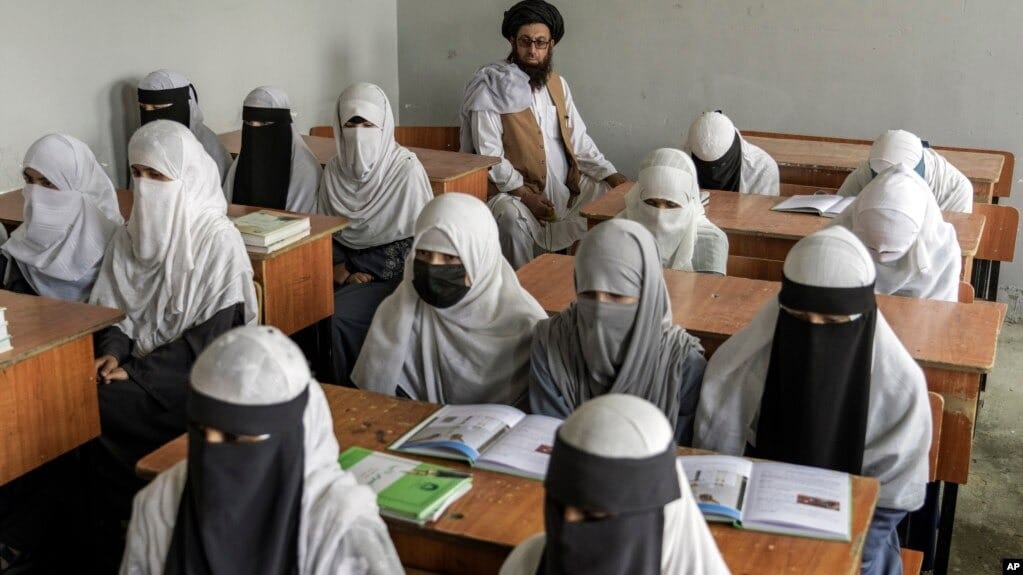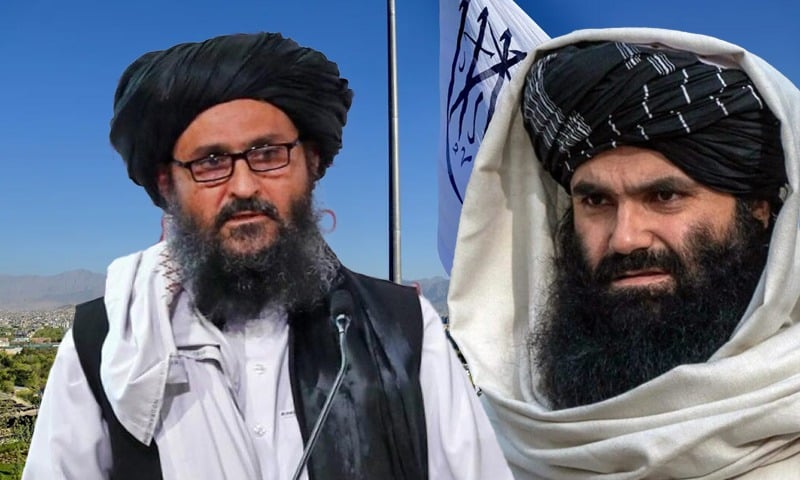Zahir Shah Shirazi
As the world’s attention remains divided between Ukraine, the Middle East, and global power rivalries, a quiet yet decisive shift is taking place closer to home in our own region. The Moscow Format on Afghanistan, which recently concluded its seventh session in the Russian capital, may well mark the beginning of a new strategic alignment across Eurasia. For the first time in decades, regional powers are beginning to act collectively, driven by shared security anxieties and an emerging realization that peace in Afghanistan is the cornerstone of stability in South and Central Asia.
Afghanistan today has once again become a source of unease for its neighbors. The promises made under the Doha Agreement have largely remained unfulfilled, and the country’s soil continues to be used by transnational militant groups including the Tehreek-e-Taliban Pakistan (TTP), the Balochistan Liberation Army (BLA), Al-Qaeda, and Islamic State Khorasan (ISK). This development has directly alarmed Afghanistan’s immediate neighbors Pakistan, China, Iran, Russia, and the Central Asian republics of Uzbekistan, Tajikistan, and Turkmenistan — who now see instability in Afghanistan as a shared threat rather than an isolated problem.
These countries are no longer content with expressing concern from the sidelines. The Moscow Format represents their collective decision to take ownership of regional security — without waiting for Western powers to dictate the terms.
The significance of this forum lies in its diversity. Pakistan, Russia, China, Iran, India, and the Central Asian states all participated and for the first time, Afghanistan’s acting Foreign Minister, Amir Khan Muttaqi, attended as an official representative rather than an observer. This, in itself, marked a shift in tone: recognition, but also conditional acceptance.
During the session, the four principal players Russia, China, Iran, and Pakistan held a pre-conference meeting to harmonize their positions. Their joint message to Kabul was unambiguous: form an inclusive, national government that reflects Afghanistan’s ethnic and political diversity, or risk political and economic isolation.
They offered incentives too recognition, development aid, and integration into regional trade and connectivity projects but these were tied to strict commitments: adherence to the Doha Agreement, a crackdown on terrorist organizations, and respect for human and women’s rights.
From the outset, Russian Foreign Minister Sergei Lavrov set the tone by placing the responsibility for Afghanistan’s destruction squarely on the shoulders of the United States and its allies. “They ditched Afghanistan thrice,” he declared, “and today’s devastation is their legacy.” His remarks captured the prevailing sentiment within the Moscow Format one of fatigue with Western interventions and disillusionment with promises that never translated into stability.
Equally important was the forum’s stance on the frozen Afghan assets in Western banks. Russia and its partners urged their release, emphasizing that economic deprivation would only breed further extremism. However, the broader concern was strategic: if Washington returns to Afghanistan in the name of investment or mineral extraction, it could once again transform the country into a surveillance post targeting China, Iran, and Pakistan.
That is why all participating countries made their position clear there will be no tolerance for any foreign military presence, intelligence foothold, or disguised Western base in Afghanistan, whether in the form of consulates, contractors, or “development” missions.
India’s participation in the Moscow Format was diplomatically significant but strategically constrained. New Delhi’s lack of a physical border with Afghanistan, coupled with its historic mistrust of the Taliban, leaves it with limited influence. Still, some within the Taliban leadership appear to be using India as a card to pressurize Pakistan on trade, refugee management, and border issues.
However, the practicality of such an approach is questionable. Iran has already executed several Afghan nationals accused of espionage during recent tensions with Israel and has openly refused to allow its soil to become part of any India-Afghanistan proxy conflict. The much-touted Chabahar route often portrayed as an alternative corridor bypassing Pakistan is facing both geopolitical and economic hurdles. Simply put, India’s role in Afghanistan is marginal and its leverage minimal.
The most important takeaway from the Moscow Format is not what was said publicly, but what was agreed collectively. The participating countries resolved to cooperate more closely in countering terrorism and stabilizing Afghanistan’s security architecture. Russia, China, Iran, and Pakistan also reaffirmed their readiness to help Afghanistan build a professional, unified defense structure by integrating its diverse fighters under a national framework.
Equally telling is Russia’s growing strategic warmth toward Pakistan. Despite Indian objections, Moscow has moved ahead with supplying advanced jet engines to Pakistan — a move symbolizing the gradual recalibration of regional alliances. As I noted during the discussion, “Our survival lies in regional security. We can trade minerals with America, but we will not allow any foreign military bases or troops under any pretext.”
It would be simplistic to call the Moscow Format a mere dialogue. In essence, it is evolving into a regional security and economic alliance a coalition of nations united by shared concerns about terrorism, Western militarization, and economic coercion. It is, in many ways, what could be described as a Southeast Asian NATO but one founded not on expansionism, rather on mutual defense, development, and sovereignty.
The countries involved complement one another: Russia and China bring technology and industrial capacity; Iran and the Central Asian states contribute energy and resources; Pakistan provides strategic geography and access; and Afghanistan, if stabilized, can become the bridge connecting all these economies.
For Kabul, the message was plain. Either embrace inclusivity, reform governance, and prevent militant activities on its soil or face regional isolation. The Moscow declaration also made clear that recognition will depend on guarantees of human rights, women’s participation, and internal reform. As I noted, “The Taliban were told that the transitional arrangement is no longer enough. The region wants a government with structure, accountability, and representation.”
The West may dismiss the Moscow Format as another round of diplomatic talk, but that would be a mistake. What is taking shape is a regional consensus one that seeks to insulate Asia from renewed Western military footprints and create an indigenous framework for peace and economic growth.
If sustained, this alignment could transform Eurasia into a powerful collective bloc. “Some have oil, some have gold, others have minerals, and China and Russia have technology,” I said during the discussion. “Together, this region can become a new center of global power.”
The challenge now lies with the Taliban. Their choices will determine whether Afghanistan becomes a partner in this emerging regional order or its perpetual liability. For the rest of the region, however, the path has been set. The Moscow Format is not just about Afghanistan anymore it’s about reclaiming Asia’s agency.

